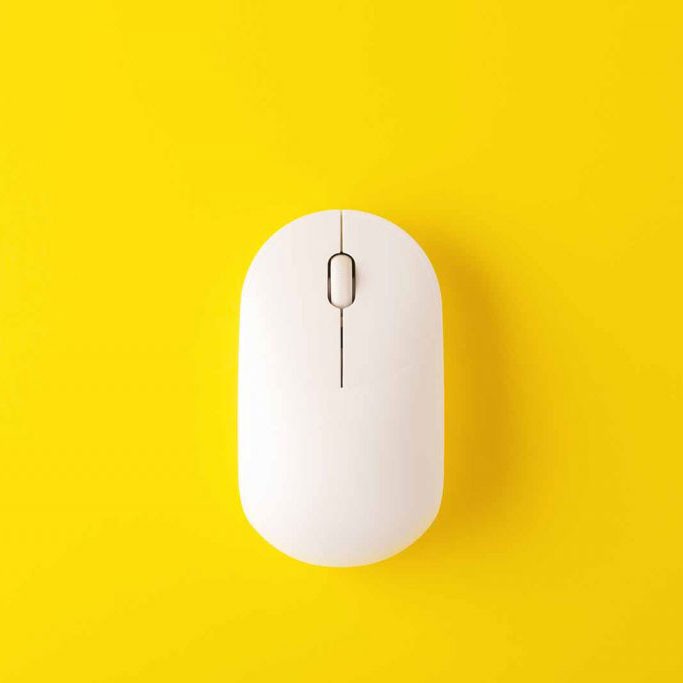
Few sectors have suffered more during the pandemic than the arts. With lockdown cutting off visitor income for arts organisations at a time when many were already in a precarious financial state, it is expected that Covid will have spelt the end for many arts bodies around the country.
For Derby Museums, the pandemic hit at an exceptionally difficult time. Its public funding had been in steady decline as Derby City Council, its major contributor, reduced funding when its own budgets were squeezed. In the 2013/14 financial year, 93% of the museum’s total revenue came from public funding; by 2020 that figure had dropped to 55%.
The sculpture trail encouraged people to come to the city; footfall in 2021 almost reached 2019 levels
The organisation’s financial management – guided by Mo Suleman, its director of resources – had made strong progress in developing commercial income to fill the gap when, last March, the rug was pulled from under their feet.
‘It took us completely by surprise and we made the decision very quickly to close,’ Suleman says. ‘It was a scramble to get everyone the computers they needed to work at home, but we did it.’
Off a cliff
In financial terms, the lockdown was potentially catastrophic. ‘We are reliant on donations and our commercial income, and both fell off a cliff,’ Suleman says. The organisation was also due to open its most significant project ever in September 2020, the Museum of Making – an 18th-century silk mill building and the southern gateway to Unesco World Heritage site, the Derwent Valley Mills – whose extensive refurbishment was nearing completion.
The immediate priority, though, was shoring up the financial barricades. ‘We applied to trusts, foundations, the government support schemes – anywhere that was offering financial support. I must have completed 20 or 30 different cashflow forecasts in those first few weeks and my team didn’t take a day off, but it paid off.’
'We received support from the government's Culture Recovery Fund and a range of other national and local schemes, which was fantastic. We couldn't have got through it with that.'
‘Because we were quick off the mark, we could get the extra funding we needed in place quickly’
The museum’s prudent financial management also helped. ‘Our reserves were good at the start of the pandemic – the Charity Commission recommends that charities should have enough in their reserves to cover six months’ expenses, and we were working towards that. But it meant that because we weren’t a critical case, we were often further down the queue when it came to getting help.’
Immediate financial security was only part of the story, though. The organisation was very aware that it needed to hold onto its audience if its long-term survival was to be protected. ‘If people couldn’t come to the museum, we thought, can we go to them?’
Virtual expansion
The result was Derby Museums from Home, a hugely impressive bolt-on to its existing website. The site offered a huge depository of resources, from images of the organisation’s arts collection and 3D scans of objects in the Museum of Making to an extensive activities section for children.
‘We were very lucky in that one member of our team is extremely tech-savvy, so she made sure we had all the kit we needed to do what we wanted to do,’ Suleman explains. ‘And she had contacts with virtual reality businesses, so we were able to bring them in to create VR events, such as a tour of our postponed exhibition on Florence Nightingale.’ Website traffic was strong, and the museum’s social media presence grew.
While this was all excellent news for public engagement, the team knew there could be trouble ahead once lockdowns eased. Many city centres have struggled to recover as hybrid working has become widespread. ‘Derby city centre was in decline even before the pandemic,’ Suleman says. ‘There was a recognition that it needed to move from a pure retail centre to a mixed economy. We realised that long before many others did.’
Sculpture culture
With this in mind, the museum proposed the Ram Trail – a three-mile walking route that would take in a series of 30 specially commissioned ram sculptures across the city, sponsored by local organisations.
‘We knew that people would want to be out and about and doing things once lockdown was lifted,’ Suleman says. ‘The council was against the idea initially, but we persuaded them to trust us – and the mayor has since said that he’s very glad they did.’
The trail was launched in May 2021 and operated for 12 weeks. The rams were strategically placed in areas where footfall had been in decline, or to highlight ‘hidden gems’ in the city. ‘It encouraged people to come into the city centre, and then perhaps stay for tea at the museum café. It meant that footfall in the city was higher in 2021 than it was in 2020, and almost reached 2019 levels.’
‘We’ve been shouting about the power of culture for wellbeing for years – and now it’s also generating economic recovery’

IPI model
Around the same time, the delayed opening of the Museum of Making went ahead. The project to refurbish the Derby Silk Mill – funded in part by the National Lottery, The Arts Council, Derby City Council and Local Enterprise Partnerships – was one of the first construction projects in the country (and the first dealing with an existing building) to be carried out under the integrated project insurance (IPI) model – a trial government strategy for delivering construction procurement. Under the IPI model, an alliance of construction partners is formed, and the usual liability-driven professional indemnity insurance is replaced with financial loss cover.
IPI projects are intended to be collaborative and agile, and Suleman says that the format certainly meant that decisions could be taken quickly.
‘Construction on the museum could carry on during the pandemic, but we realised that we would need more time and would have to delay the opening from September 2020. Our alliance was able to identify that costs would increase, so we went straight to our funders. Because we were quick off the mark, we could get the extra funding we needed in place quickly.’
The Museum of Making has already won several awards for its construction and design, and its café. ‘We’re very proud of it,’ Suleman says. ‘It’s on the site of the first modern factory in the world, and we see it as the birthplace of the industrial revolution. We hope it will inspire the next generation of engineers and innovators.’
But the Museum of Making is also vital financially. Suleman says the hope is that it will be ‘a money-generating machine’. The news so far is encouraging – it had 30,000 visitors in its first three months – and bookings for weddings and other events are slowly picking up.
The success of the sculpture trail and Museum of Making, Suleman says, is a testament to the economic and social power of culture.
‘Derby City Council, along with others, has recognised that culture will be the key thing that will help cities regenerate after the pandemic. We’ve been shouting about the power of culture for wellbeing for years – and now it’s also generating economic recovery.’
Derby Museums will now move forward with three separate museums open for the first time. ‘So far, so good,’ Suleman says. ‘We’re on track to beat the budget.’
Further information
For more on Mo Suleman's career, see the 2017 AB interview


